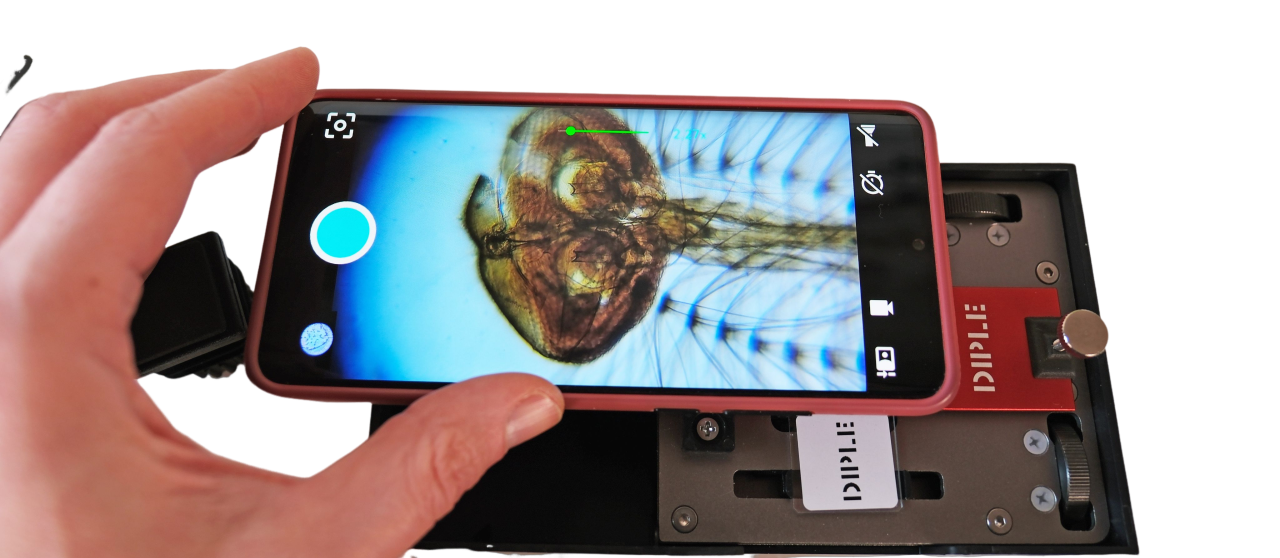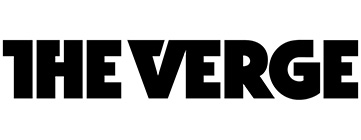
MICROSCOPY HAS NEVER BEEN SO EASY!
DIPLE is an innovative product that converts any mobile or tablet into a digital microscope.
DIPLE allows everyone to see the microscopic world, in a new way. It is not a standard microscope; it is compact and portable. Here you can find instructions and tutorials, plus a troubleshooting table; inside the table you can find links to video for solutions of specific issues.
VIDEO TUTORIALS
TROUBLESHOOTING TABLE
| EFFECT | CAUSES | SOLUTIONS |
|---|---|---|
| Shaded lines or spots | Stain on the frontal glass or on the rear glass | Clean the glass accurately, following the procedure in the VIDEO at this link. Materials: toothpicks; paper towel; water (or alcohol). |
| Fine stage not stable | a. Something under the stage | a. Remove all the parts under the stage, except the light source |
| b. Bumper for the light source not well in place | b. The light source is kept in place by the pressure of a soft bumper. If this bumper is shifted in a position out of its site, detach and reposition it under the level of the stage (photo) | |
| c. The stage moves inside the box | c. The tolerances of the box manufacturing could allow the stage to shake a little bit in its site. However, it is possible to reduce/remove this effect unscrewing the 2 screws in the pic and shifting the perimetral piece of plastic out of the aluminum plate border. VIDEO | |
| Lens tile unstable | a. Lens tile non tightened | a. Use the 2 blocks to press the sides of the tiles near its magnetic end and fasten them with the screwdriver. This will limit the backlash of the tile. VIDEO |
| b. Screw-thread clearance | b. In some cases the clearance between thread and screw, due to manufacturing tolerance, could allow unwanted backlash. In DIPLE, the screw-thread couple is not used to firmly join two parts; so the standard manufacturing tolerance could allow a little shake. It is easily possible to remove the screw-thread clearance with the same method used in other applications, for example with a piece of PTFE tape around the screw (tape commonly used for avoiding water or gas leakages from joints; alternatively, a little piece of thin adhesive tape can work fine). (VIDEO). |
|
| Spins to reverse the motion of the glass slides | Clearance between the glass slide and its two holding parts | The glass-slide holding parts have been designed a bit larger than the prepared glass slides into the kit (about 0.5 mm larger); this because we want to allow also the use of other standard glasses, that could be a little wider. For this reason, the user have to spin freely the knob some times to reverse the motion of the slide along that direction. A possible solution to reduce this effect is to thicken one side of the slide-holders, for example sticking a little piece of cardboard using a drop of glue. The glass holding elements can be removed with a screwdriver to make this step easier. |







